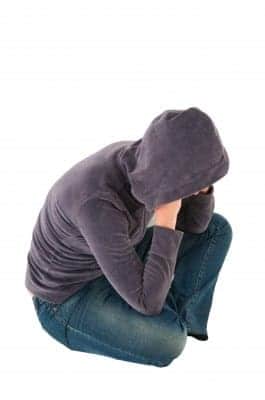A mild traumatic brain injury (MTBI) is the most common of brain injuries.
Of the 2.5 million annual TBI-related deaths, hospitalizations, and emergency room visits, 75%-90% are MTBI, according to the Centers for Disease Control and Prevention (CDC).
This is a staggering.
The CDC, and the National Center for Injury Prevention and Control, have declared MTBI a major public health issue and a “silent epidemic”.
Causes of Mild Traumatic Brain Injury
The leading causes of MTBI, as seen in emergency rooms.
- Falls: falling out of bed, down steps, from ladders, etc., are the most common causes of TBI overall, particularly in elderly people and young children.
- Vehicle collisions: car, truck, motorcycle, bicycle and pedestrian
accidentscrashes are common causes of traumatic brain injuries. - Violence: about 20% of head injuries are caused by violence, such as gunshot wounds, domestic violence or child abuse.
- Sports Injuries: a TBI can be caused from a number of sports, including soccer, boxing, football, baseball, lacrosse, skateboarding, hockey, and other high-impact or extreme sports, particularly in youth.
Any fall, accident, or injury that may have affected the head should be treated by a medical professional as soon as possible.
Symptoms and Signs of a MTBI
MTBI symptoms generally fall into four major categories: physical; cognitive; emotional; and sleep disturbance.
Physical Symptoms

- Headache
- Nausea or vomiting
- Balance problems
- Dizziness
- Visual problems or sensitivity to light
- Fatigue
- Appearing dazed or stunned
Cognitive Symptoms
- Difficulty concentrating
- Difficulty remembering recent information or conversations
- Confusion about recent events
- Identifies as mentally “foggy”, or slowed down
- Responds to questions slowly, or repeats questions
Emotional Symptoms
- Irritability
- Sadness
- More emotional
- Nervousness or anxiety
Sleep symptoms
- Drowsiness
- Sleeping much less than usual, or more than usual
- Difficulty falling asleep
These signs and symptoms may not be present or noticeable at the time of the injury.
Or, other serious injuries may “mask” these signs. For example, a person who suffered both a broken leg and an MTBI in a car accident crash will be treated first and foremost for the broken bone.
Family and friends often notice changes in behavior before the injured person realizes there is a problem.
Sometimes, cognitive deficits aren’t apparent until the injured person attempts to return to his or her routines and/or work. I have seen this in numerous brain injury cases over the years.
There are a variety of tools used in diagnosing brain injuries, like the Glasgow Coma Scale, but head injury classification has no universally accepted system.
When talking with medical providers, make sure that you have a clear understanding of the terms that they are using to define any head injury or brain trauma.
Image courtesy of Ambro, FreeDigitalPhotos.net.



